Drivers can challenge fines for marking if it is covered by snow
The experts explained in which cases crossing a solid road is not considered a violation.
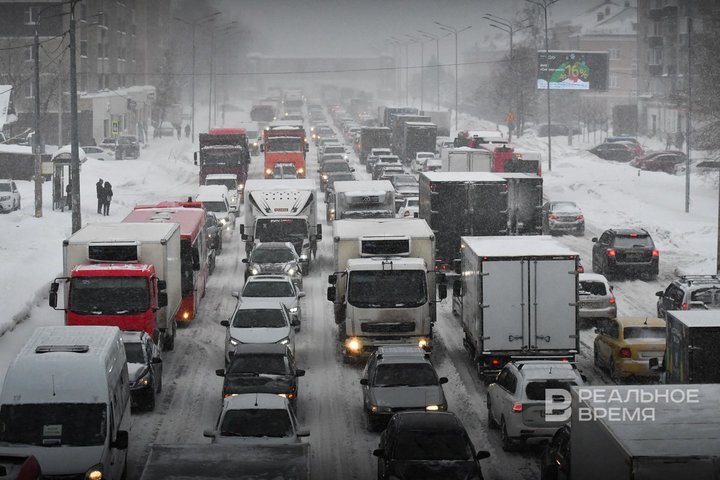
Tatarstan is among the top three regions of Russia in terms of the number of traffic violations and fines, which indicates effective control measures. But some sanctions can be challenged if car owners prove that they violated traffic regulations unintentionally, for example, in conditions of improper winter maintenance of roads. Is it legal to fine drivers if the markings are not visible due to poorly removed snow, what to do in such a situation and how to prove that the utilities services are to blame, not the driver, Yulia Antonova, the executive director of the National Association for Winter Maintenance of Infrastructure and Transport Facilities, told the author's column for Realnoe Vremya.
Invisible marking
In winter, it is common for drivers to become unintentional traffic violators. One of the reasons is the faintly discernible markings due to late cleaning of highways during snowfalls. As a result, the driver may receive a fine, and in the worst case, become involved in an accident with all possible consequences.
The need to install special signs on a section of the roadway where the markings defining the traffic regime are poorly distinguishable, including due to snow, is clearly spelled out in GOST R 52289-2019 “Technical means of traffic management. Rules for the use of road signs, markings, traffic lights, road barriers and guiding devices”.
From this we can conclude that the driver cannot be found guilty of crossing the markings if it is covered with snow and there is no sign duplicating the markings nearby.
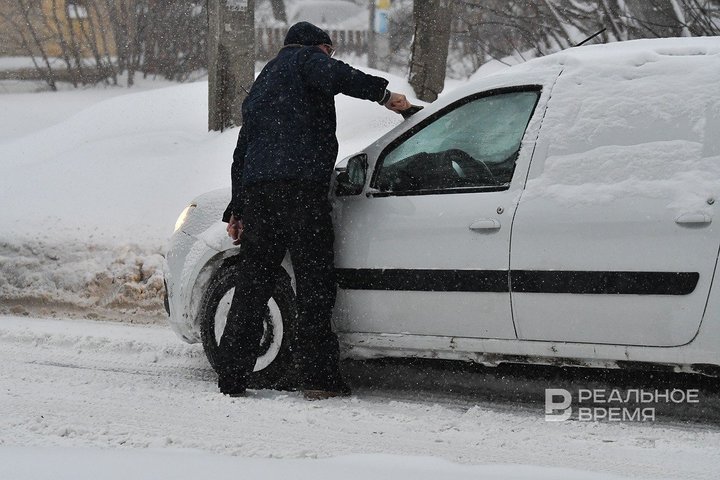
A driver cannot be found guilty of crossing a marking if it is covered with snow and there is no sign duplicating the marking nearby. An important factor in such a situation, in my opinion, is the adequacy and professionalism of the traffic police inspector who arrived at the scene. It is he who should be notified about the unintentional intersection of poorly distinguishable markings and the absence of a road sign provided for by law on the road.
However, there are situations when a driver is forced to violate traffic regulations. They will also not be punished. Such situations include:
- An obstacle on the road that interferes with the normal movement of vehicles in the lane. These include road accidents, traffic accidents, holes and potholes, and the presence of foreign objects.
- Temporary markup. In this case, the driver focuses on the installed signs when driving. They can be temporary or permanent. If the signs contradict each other, then the temporary sign is considered the main reference point.
- Colour mismatch. According to GOST, horizontal markings should be indicated in white, and vertical markings in black and white stripes. If the marking colours do not comply with the current regulations, the violation of its intersection cannot be considered legitimate.
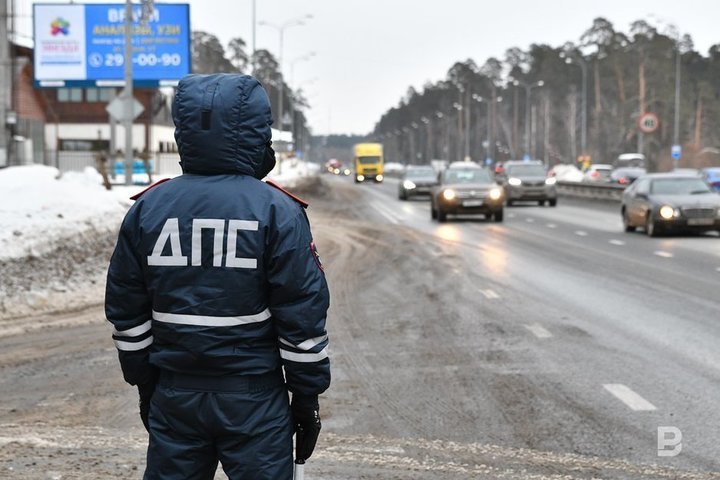
In all these situations, the driver undoubtedly evaluates the situation based on the clearly visible markings. Obligations change when it is not in sight. It may be missing, covered with snow, covered with puddles, or covered with mud. The reasons are different, but the fact is that the driver does not see the markings.
According to the statistics of the traffic police, every second accident in winter in Russian cities occurs due to ice or ruts. Therefore, the driver should not violate traffic regulations for safety reasons in general.
Where to complain
Municipal organisations are engaged in snow removal, or the customer holds tenders and concludes cleaning contracts with private companies. A combined method can also be applied — some streets are cleaned by own organisation, and some — by a private one.
Complaints about poor-quality cleaning can be submitted to the local district administration, the mayor's office and the prosecutor's office.
To begin with, it is worth contacting the local authorities. If you have not received a response from them or you do not agree with their answer, feel free to write to higher-level organisations.
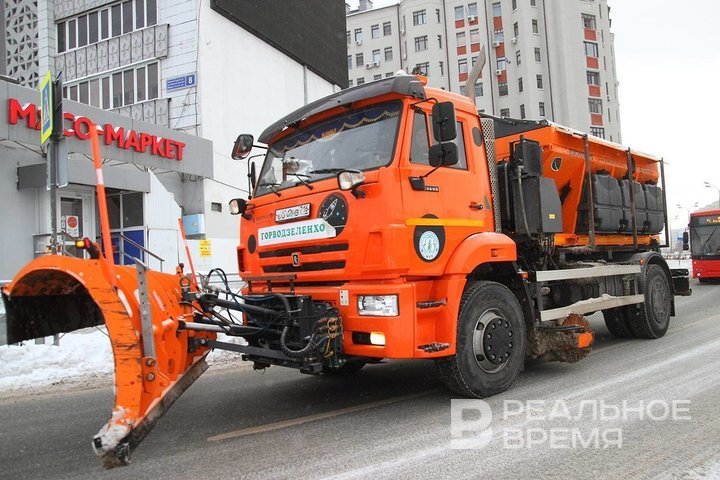
If a traffic police officer accuses a driver of violating the rules and insists on drawing up a protocol for crossing poorly distinguishable markings, then the motorist must photograph the very markings that are not visible under the snow to prove his case.
The protocol must state: “I do not agree with the violation.” If the driver had the DVR turned on, it's even better. It will immediately record the “invisibility” of the markings on the road.
The decision can then be appealed in court by adding photographs taken at the intersection of the solid line to the case file. The court may side with the driver and overturn the ruling. But if the markings were even slightly visible, the punishment is almost unable to be avoided.
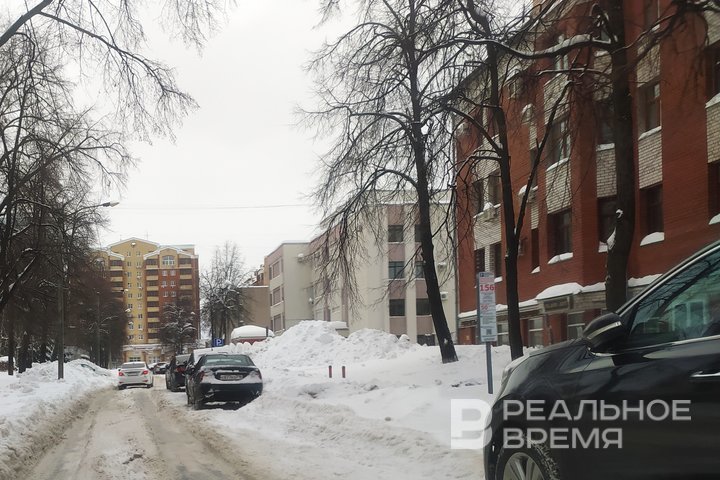
As it should be according to GOST
In general, in accordance with GOST 50597-2017 “Highways and streets. Requirements for the operational condition acceptable under the conditions of road safety. Control methods” roads (categories 1-3 with a traffic intensity of more than 3,000 vehicles per day) should be cleaned to “black” asphalt with markings clearly visible on it. It is possible to achieve this level of content in a populated area only by using reagents with melting ability. But the most effective method for ensuring road safety is the preventive use of multicomponent reagents. Preference should be given to deicing materials with the least impact on metal and concrete structures.
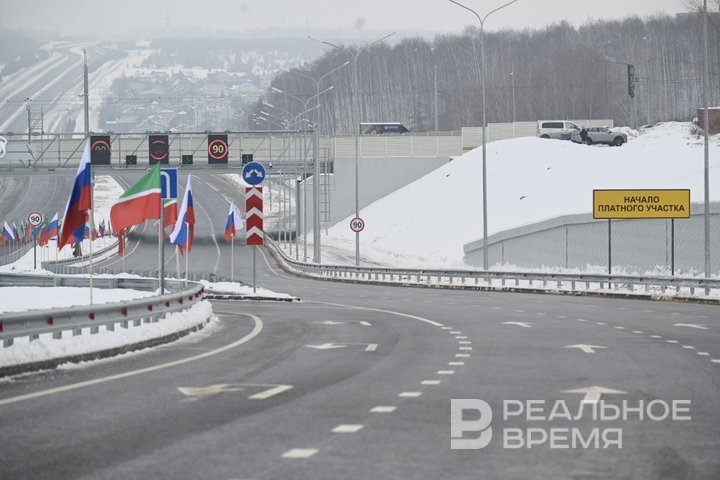
During a snowfall, the height of the snow cover on the roadway may not exceed 5 cm. After the precipitation stops, the recommended cleaning time for roads is 3-6 hours. After this time, it is not allowed to have packed snow, ruts, loose or melted snow on the roadway.
Undoubtedly, in addition to the quality of deicing materials, the number of special equipment also affects the speed of cleaning: after road treatment, packed snow must be cleaned using machines, regardless of the type of deicing agents used. But it is impossible to quickly remove snow with three cars. Unfortunately, today in many cities there is an insufficient and worn-out fleet, which cannot perform the full range of winter maintenance work on time, as well as a high shortage of personnel — up to 45%.